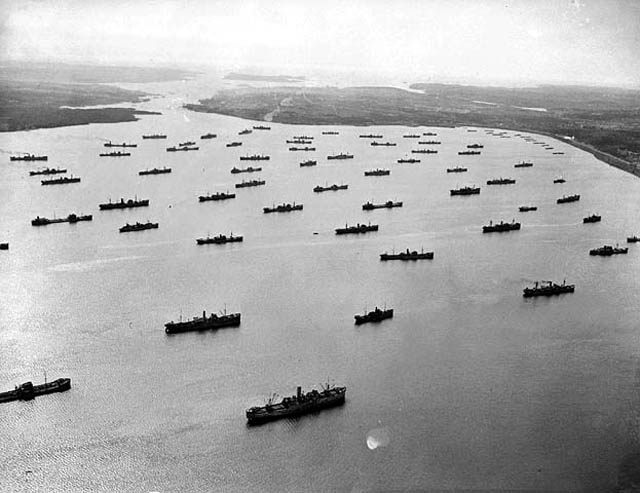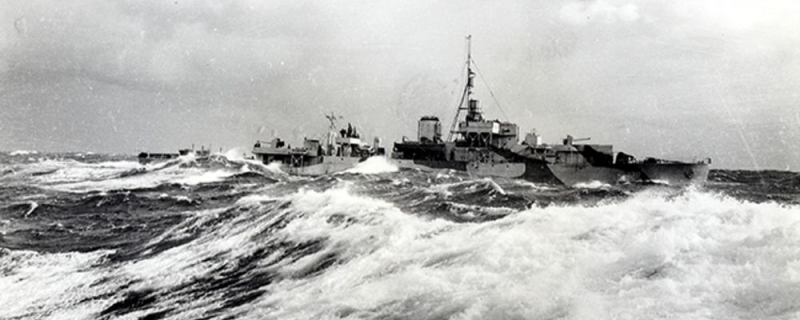The Battle of the Atlantic

The Battle of the Atlantic, the longest military campaign, was a World War II conflict between Britain (and later the United States) and Germany due to the possession of the Atlantic sea routes. The Anglo-French coalition first forced German merchant shipping out of the Atlantic, but with the fall of France in 1914, Britain lost French naval help. The United States then supported the United Kingdom with the lend-lease program. The Axis launched a large-scale submarine offensive against coastal shipping in US waters early in 1942, and German U-boats also patrolled in force along the South Atlantic ship lanes to India and the Middle East.
Finally, the Allies succeeded but had to pay a tremendous cost. Together with the loss of 500 merchant ships, 175 warships, hundreds of aircraft, and millions of tons of supplies, about 70,000 soldiers were sacrificed. When it comes to the Axis side, 783 U-boats, 47 warships, 17 Italian submarines, and 30,000 sailors were also destroyed, with the U-boat force enduring 75% fatalities. Churchill later stated that the imminent threat of German U-boats was the only thing that scared him; killing a considerable number of them through the Battle of the Atlantic would become critical to the Allies' triumph.
Time: September 3, 1939 - May 8, 1945
Location: Atlantic Ocean
Participants: Allied powers (United Kingdom, Canada, United States, Brazil, Norway) - Axis powers (Germany, Italy)











